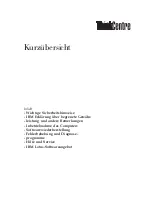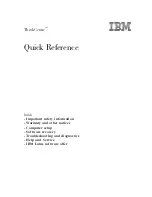
Dictionary Manipulation Statements
Data Definition Language (DDL) Reference Manual — 426798-002
8- 11
SHOW USE OF Statement
The following example shows DDL commands and statements that delete the constant
MDY-DATE-DISPLAY and all the objects that refer to that constant:
SHOW USE OF Statement
The SHOW USE OF statement lists all the objects that refer to each specified object in
an open DDL dictionary.
constant-name
is the name of a constant in the open DDL dictionary. You can specify up to 50
constants.
def-name
is a DDL name that uniquely identifies a definition in an open DDL dictionary. You
can specify up to 50 definitions.
If the keyword CONSTANT, DEF, DEFINITION, or TOKEN-TYPE is omitted, DDL
functions as if the specified object is a definition. Such action provides compatibility
with previous versions of DDL.
type-name
is a DDL name that uniquely identifies a token type defined in an open DDL
dictionary. You can specify up to 50 token types.
SHOW USE OF Statement Guidelines
The following points are guidelines for using the SHOW USE OF statement:
•
The dictionary must be open for SHOW USE OF to execute successfully.
{ CONSTANT constant-name [,] ... }
SHOW USE OF { [ DEF[INITION] ] def-name [,] ...}
{ TOKEN-TYPE type-name [,] ... }
25> DDL DICT
!?DDL ddlout !
!OUTPUT UPDATE CONSTANT mdy-date-display.
!?NODDL
!?SOURCE ddlout (mdy-date-display-deletes)
!DELETE CONSTANT mdy-date-display
!EXIT
This command executes DELETE
statements generated by OUTPUT UPDATE
statement
This command deletes MDY-DATE-
DISPLAY
VST809.vsd
















































